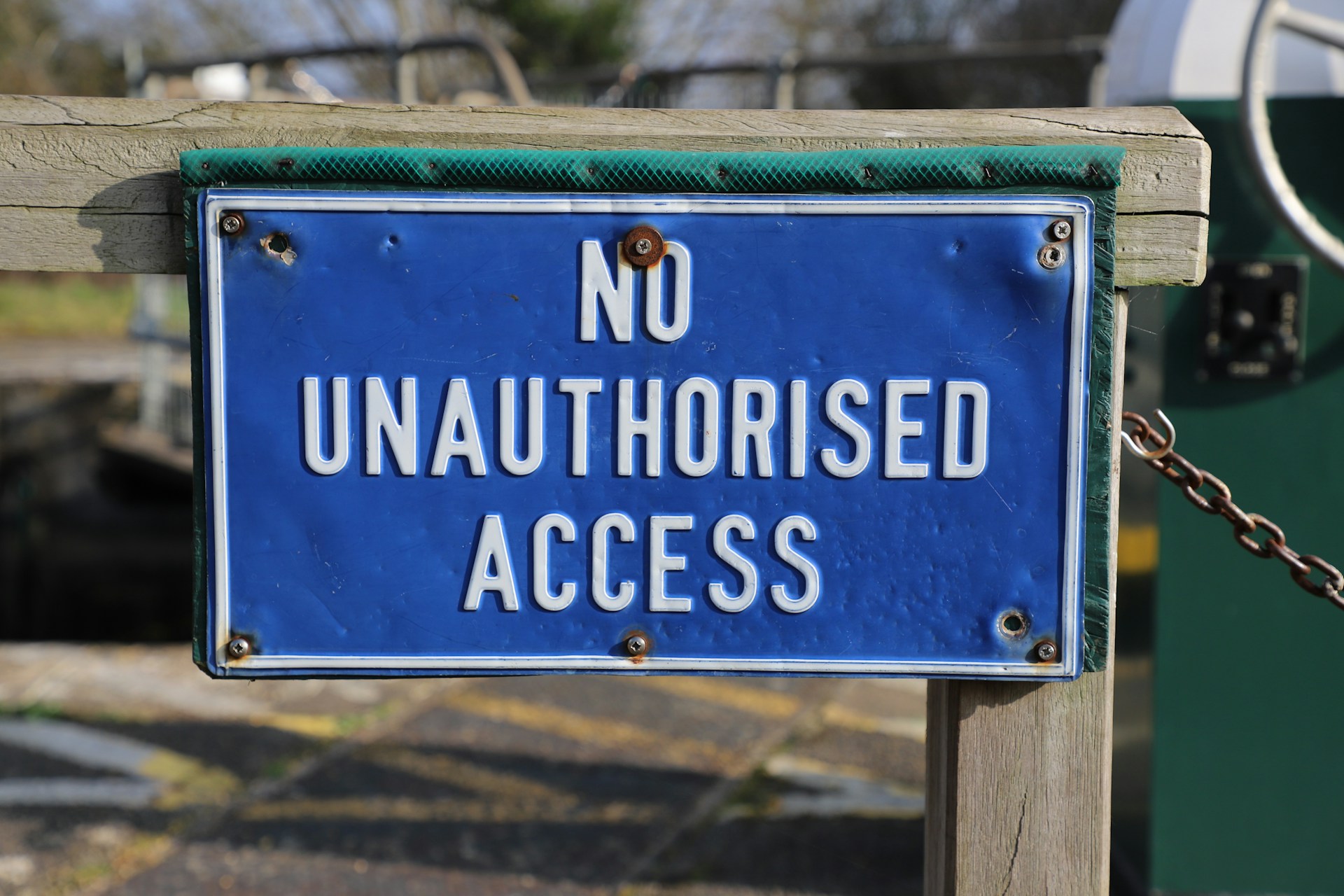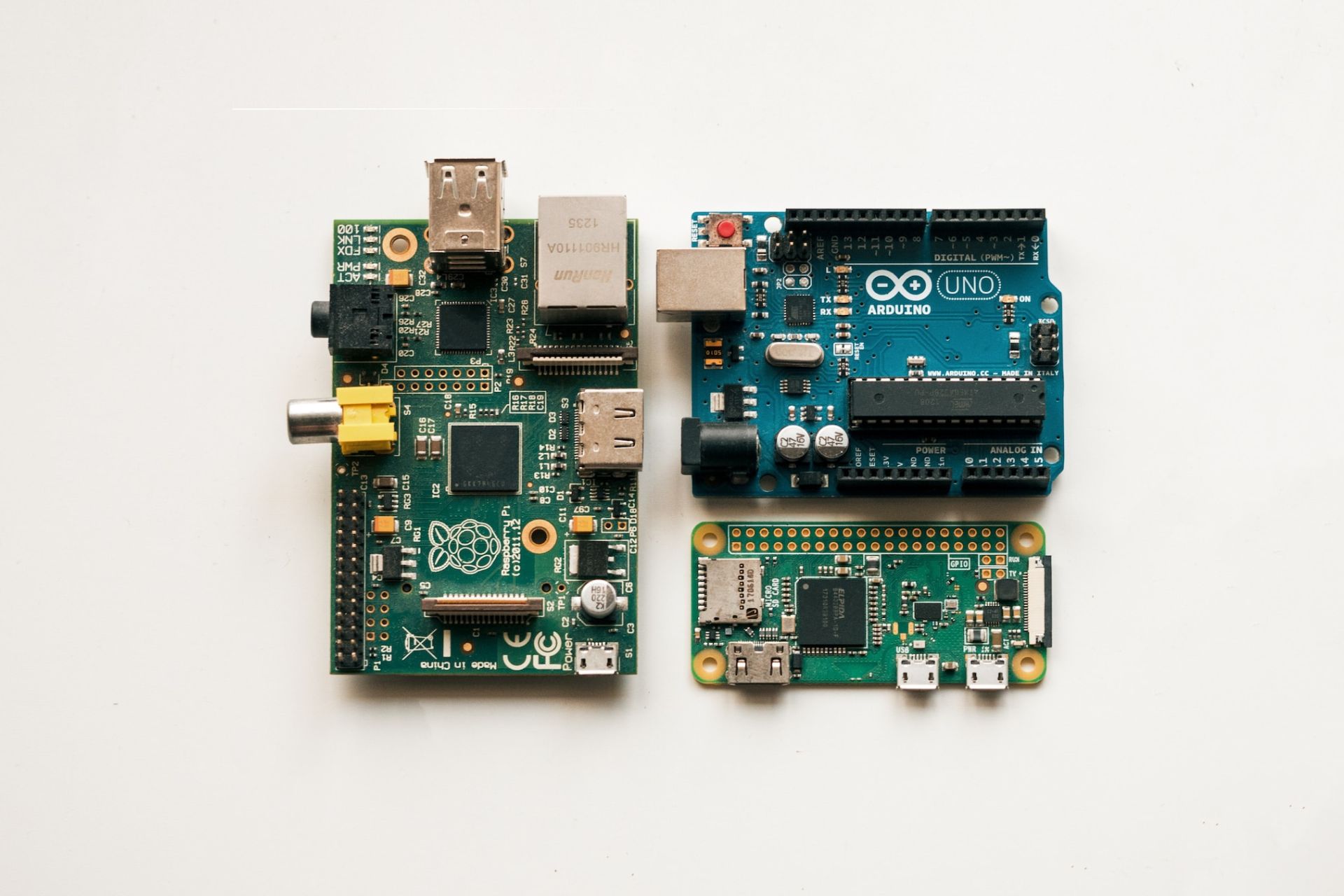
The Rising Need for DDoS Attack Protection
July 30, 2024 - Lou Farrell
Revolutionized is reader-supported. When you buy through links on our site, we may earn an affiliate commission. Learn more here.
Distributed denial of service (DDoS) attacks have become more common, meaning cybersecurity leaders and other potentially affected parties must remain vigilant in understanding the most effective DDoS attack protection measures. Here’s why decision-makers cannot afford to overlook this matter.
DDoS Attacks Disrupt Banking Services
Many people love the convenience of online banking, appreciating how they can transfer money, make payments and check their accounts at any time of day or night. However, well-planned DDoS attacks on banks can easily thwart that availability.
Consider the June 2024 attack affecting some Russian residents. They reported issues accessing the websites of major banks, as well as the Telegram messaging app and some phone networks. A Ukrainian volunteer group that dedicates itself to disrupting Russian communications later claimed responsibility for these events.
When cybersecurity experts plan their DDoS attack protection needs, they understand that the perpetrators often hack essential infrastructure, wanting to do the most damage with each attempt. It’s easy to see why banking services are such popular targets. Whether customers use banks for business or personal reasons, the sudden inability to access their money or use familiar services can be incredibly disruptive. Hackers know this, especially when they want the notoriety that comes with large-scale outages.
Banking employees must act fast to reduce the potential damage, too. One of the best initial responses is to be as transparent as possible with affected parties. Tell customers that the cybersecurity team is looking into the matter and trying to resolve it as efficiently as possible. If the attack only affects some banking services, explain which aspects people can still access.
Largest Entities at High Risk
A 2024 study showed 34% of DDoS attacks during the previous year hit the banking sector. The research revealed that nation-states, hacktivists and ransomware attackers have also increased the need for DDoS protection. Additionally, there was a 154% increase in these attacks between 2022 and 2023.
Although those involved with the research emphasized that such cyberattacks are not new, they mentioned that the current geopolitical tensions have increased their likelihood. Additionally, bad actors seek to disrupt operations and erode trust in the banking sector, believing DDoS attacks can help them do that.
Another finding was that larger firms or those with strong brand recognition are among the most popular targets. That’s because those orchestrating the attacks want to cause widespread disruptions and disinformation. However, those largest entities are also the segment that has the best mitigations implemented.
DDoS Attacks Are Costly
DDoS attacks occur when perpetrators flood websites with requests, overwhelming the targets and making websites inaccessible or causing them to perform strangely during the affected period. Cloud services are among the best DDoS attack protection mechanisms because they increase server resilience and offer load-balancing capabilities.
Considering how integral the internet is to people’s daily lives during work and leisure activities, these disruptions can be incredibly disruptive to the companies experiencing them. Those affected not only need to restore normal operations but also must determine the best preventive measures to stop the entities from becoming repeat targets.
Even when DDoS attacks are relatively short-lived, hackers may time them to occur with major online events, such as Black Friday or the beginning of ticket sale periods for in-demand musicians. Then, although those commerce-driven events are typically exceptionally profitable for those involved, the cyberattacks could cut into profits while simultaneously decreasing customer trust.
Expenses Increase By the Minute
Manufacturing downtime is a frequently discussed topic when people mention how costly outages can be. If a critical piece of equipment used to make high-value products stops functioning, the associated expenses and lost profits can be devastating. That’s especially true for businesses that cannot temporarily pivot operations to other products or assets. It is a similar story for companies hit with DDoS attacks, as revealed in a 2024 study.
The data indicated such events cost unprotected businesses $6,000 per minute, and the ramifications lasted 68 minutes on average. However, government entities experienced the longest attacks, with some lasting several hours. Such outages could affect everything from law enforcement operations to driver’s license renewals.
Another takeaway emphasizing the need for stronger DDoS protection was that such attacks happened 200% more often in the first quarter of 2023 than in all of 2022. Any decision-maker who previously believed they did not need DDoS attack protection may change their mind after hearing about the combined massive expenses and increasing frequency.
Researchers also explained that artificial intelligence has increased the overall sophistication of hackers’ efforts. Additionally, those involved often target victims’ businesses during their busiest times, which could elevate the total costs.
Some DDoS Attack Protection Is Outdated
Cybercriminals regularly update their methods, continually challenging those who safeguard networks and apps. This reality means that a chosen DDoS attack protection method is not something the relevant parties can implement and then forget about it, anticipating that it will keep the company sufficiently safe without further oversight or tweaks.
Decision-makers must commit to adequate investments to protect their infrastructure. Additionally, they should stay abreast of the latest attack mechanisms, examining them to determine the best ways to remain well-protected currently and as circumstances change.
A Rise in New Attack Methods
New and diverse attacks are among the most compelling reasons for cybersecurity professionals to maintain an up-to-date understanding of how DDoS attacks may occur. Consider the outcomes of research published in June 2024. Those involved determined DDoS attacks were the most used threats affecting web applications and APIs.
Additionally, zero-day vulnerabilities increased faster than ever, with one occurring in the wild only 22 minutes after the publication of its proof of concept.
Another notable finding from the study showed more than 31% of all traffic comes from bots, with 93% of those unverified, making them potentially malicious. Manufacturers, federal government agencies and cryptocurrency companies were among the most targeted entities in such cases.
Unfortunately, the study indicated organizations most commonly use an outdated security model to protect against API traffic. It involves assuming that most such internet activities are harmless. However, things are changing, and cybersecurity professionals must update their DDoS attack protection strategies to reflect the modern internet’s characteristics.
DDoS Attack Protection Is Not Optional
These studies and real-life examples show that DDoS attacks can be tremendously disruptive for the affected entities and their customers. However, relying on the appropriate protective measures is an excellent strategy for reducing their occurrence. Additionally, defensive mechanisms can make the effects less devastating and shorter in duration. Use the details above to shape your decisions about preparing your company and its team members.
Revolutionized is reader-supported. When you buy through links on our site, we may earn an affiliate commission. Learn more here.
Author
Lou Farrell
Lou Farrell, Senior Editor, is a science and technology writer at Revolutionized, specializing in technological advancements and the impacts on the environment from new developments in the industry. He loves almost nothing more than writing, and enthusiastically tackles each new challenge in this ever-changing world. If not writing, he enjoys unwinding with some casual gaming, or a good sci-fi or fantasy novel.







